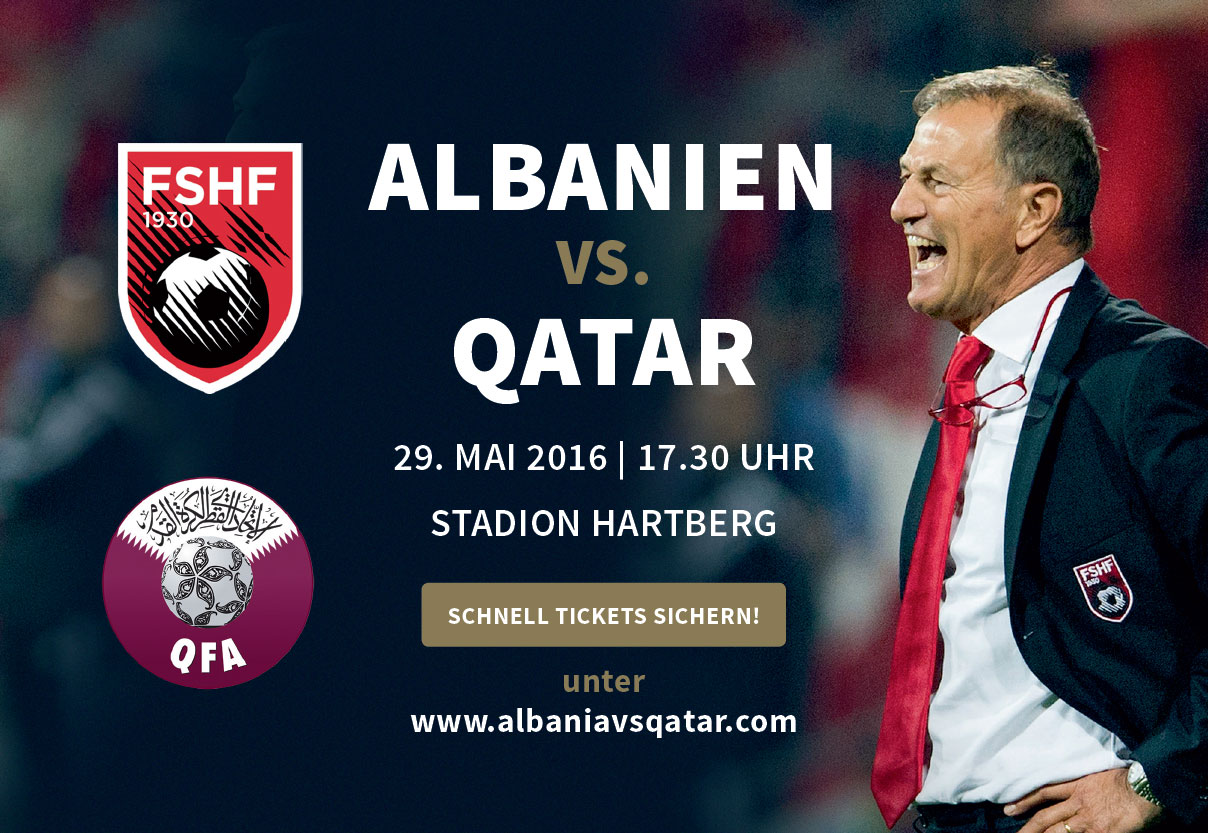Region: Rhone-Alpes (Rhone-Alpes-Auvergne from 2016)
Population: 491,268 (2.18 million in the urban conglomeration)
City ambassadors: Wendie Renard (Olympique Lyonnais and France), Thierry Frémaux (Cannes Film Festival director)
Founded by the Romans in the first century BC, Lyon has played an important role in the religious and political development of Europe over many centuries. Initially known as Lugdunum, the town’s archbishop was named Primate of the Gauls and several popes were crowned here. Trade in spices and silk boomed in Lyon in the Middle Ages. The city developed a reputation for its cuisine and was ultimately considered the gastronomic capital of France. Meanwhile, its unique architecture, with narrow streets known as traboules, has led to its recognition as a UNESCO World Heritage site.
Lyon, France’s third-largest city, hosts the famous Fête des Lumières (Festival of Lights) every year. It was also the home of cinema pioneers Auguste and Louis Lumière, who patented their cinematograph in 1895 and are considered the world’s first film-makers. The Lumière brothers captured images of their beautiful home city which lies at the confluence of the Rhone and Saone Rivers. Among Lyon’s impressive buildings is the Basilica of Notre-Dame de Fourvière that now attracts one and a half million visitors yearly.
HISTORY
The capital of the Gauls during the Roman Empire, Lyon became a city of fairs in the Middle Ages and then a leading financial centre from the Renaissance to the end of the 19th century. Lyon’s exceptional architectural heritage dates back some 2,000 years and the city is a UNESCO World Heritage site.
In more recent times, it has allowed architects to express themselves freely in their designs for a busy city. As a result, the new district of La Confluence has embraced the architectural avant-garde. Lyon has combined the benefits of a dynamic, innovative city with the warmth and creativity of an urban setting that functions on a human scale. There are many green spaces, even in the heart of the town, such as the Parc de la Tête d’Or.
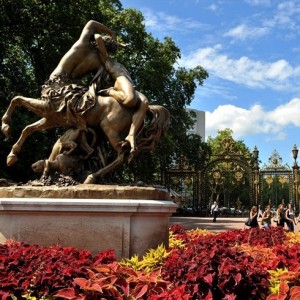
The city also has a whole host of cultural events and festivals including the Biennale de la Danse (biennial dance festival), Biennale d’Art Contemporain (biennial contemporary arts festival), les Nuits Sonores (electronic music festival), the Lumière Cinema Festival, Quais du Polar (noir fiction festival) and the Fête des Lumières (Festival of Lights). Additionally, Lyon is home to an internationally acclaimed opera and a fine selection of museums.
FAMOUS RESIDENTS
• Auguste and Louis Lumière, film-makers and industrialists (1862–1954 and 1864–1948): the brothers were engineers who played a crucial role in the development of cinema and photography
• Antoine de Saint-Exupéry, writer, aviator and poet (1900–1944): Saint-Exupéry flew airmail planes and wrote The Little Prince, which has sold 134m copies
• Maurice Jarre, composer and conductor (1924–2009): many of Jarre’s compositions were used in films, including Lawrence of Arabia and Doctor Zhivago
• Paul Bocuse, restaurateur (1926–): a colossus in Lyon’s gastronomic circles, Bocuse has been awarded three Michelin stars since 1965
THINGS TO SEE
• Presqu’île: the narrow strip of land between the Rhone and Saone rivers, Presqu’îleis home to the most popular shopping streets, from Place Bellecour to Place des Terreaux at the foot of the Croix-Rousse hill.
• Basilica of Notre-Dame de Fourvière: the remains of the ancient capital of the Gauls are well worth the visit. Climb to the summit of the Fourvière hill (or take the funicular railway). In addition to the magnificent view of the city and, on a clear day, the Alps, you can also admire the Gallo-Roman Theatre and the Basilica of Notre-Dame de Fourvière. The latter is known as the protector of the city and is an essential destination on any visitor’s list.
• The old town: Vieux-Lyon features Renaissance buildings and townhouses, medieval streets and narrow passageways that host some of the best bouchons – typical Lyon restaurants.
• La Confluence: take the Vaporetto river shuttle boat from Bellecour (Quai des Célestins) or from the banks of the Saone (Quai de la Pêcherie) and head down to La Confluence, the newly developed district of Lyon with its stunning modern architecture. The shuttle boats operate every day from 10.00 to 21.30. A single ticket costs €2.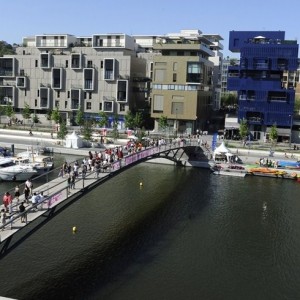
• Lyon’s lungs: Parc de la Tête d’Or in the north of Lyon acts as the lungs of the city. Extending over an area of 105 hectares, this is one of the largest urban parks in France.
• États-Unis district: in Europe, only Berlin has more murals than Lyon. Murals can be found all around the city centre (Croix-Rousse, Quais de Saône) but to see a truly impressive collection, head to the États-Unis district (8th arrondissement). This is the site of the Tony-Garnier Urban Museum, an open-air venue of over 20 huge murals in very different styles. It is a sight not to be missed when in Lyon.
TRANSPORT
Getting there
Journey times by road from Lyon are 1 hour 30 minutes to Geneva, two hours to Alpine ski stations and Clermont-Ferrand, three hours to Marseille and Turin, four hours to Paris and six hours to Barcelona. The journey to Paris by TGV, meanwhile, takes a mere two hours (departures every 30 minutes), while it is 1 hour 40 minutes to Marseille, three hours to Lille and five hours to London (via Eurostar). The city is also at the heart of a comprehensive network of express rail routes (TER).
Lyon has two airports. Lyon Saint-Exupéry airport connects the city to 120 destinations in 40 different countries. The TGV railway station at the airport, with connections to Paris Charles-De-Gaulle, and the proximity of the motorway network, mean that getting to Lyon Saint-Exupéry airport is simple. A tram service, Tram Rhônexpress, connects the airport to Lyon Part-Dieu railway station in the city centre in under 30 minutes. The Lyon-Bron business airport to the east of the city is easily accessed by the city ring road.
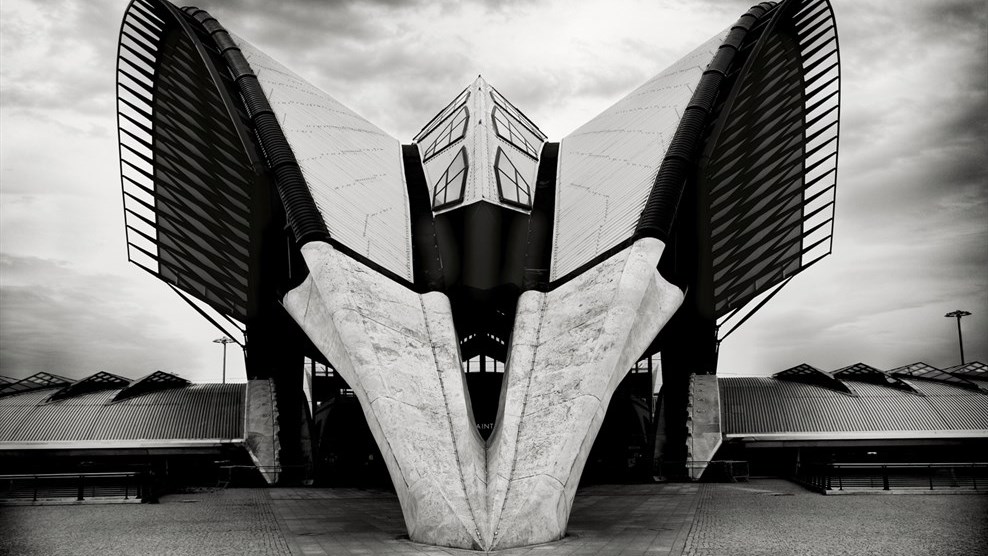
Distances to other UEFA EURO 2016 venues
Saint-Etienne – 65km
Marseille – 315km
Paris – 465km
Saint-Denis – 480km
Nice – 480km
Toulouse – 540km
Bordeaux – 555km
Lille – 690km
Lens – 675km
Distances between city centres, by motorway where possible
Source: mappy – viamichelin
Distance of Stade de Lyon to…
City centre: 12km
Airport: 15km
Getting around
Lyon has four Métro lines (A, B, C and D), two funicular railways, five tram lines and many bus routes. Tickets can be bought in kiosks and shops bearing the TCL logo. A range of ticket types is available including two-hour, evening and day passes, single tickets (valid for an hour on any route) as well as books of ten tickets.
FOOTBALL
Under the guidance of Jean-Michel Aulas, who became president in 1987, Olympique Lyonnais turned out to be the best French team of the 2000s. Ligue 1 champions for the first time in 2002 after a 3-1 victory in a title-deciding match against RC Lens, OL went on to win seven consecutive league crowns, a record in France.
As well as their Aulas-era championships, the club lifted the French Cup in 2008 and 2012, the French League Cup in 2001 and the Trophée des Champions (Super Cup) on seven occasions, also reaching the UEFA Champions League semi-finals in 2010.
But after a period of star players and big transfers, OL returned to a policy of developing talent some three years ago, with Lyon’s academy one of the most effective in Europe. Rémi Garde left the club after three seasons in the dugout, with Hubert Fournier taking up the reins as manager.
Famous players
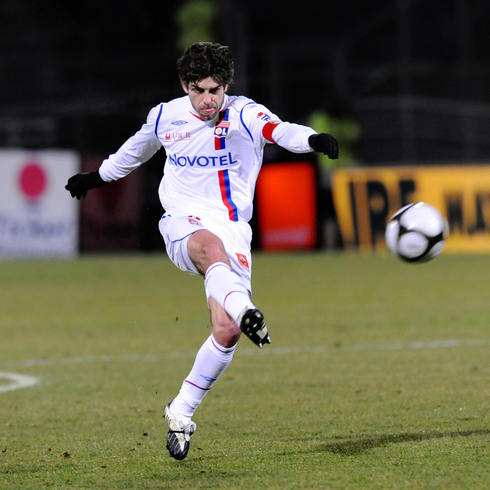
• Bernard Lacombe (1952–): a member of the France squad that won EURO ’84, Lacombe is the French league’s all-time top scorer with 255 goals
• Youri Djorkaeff (1968–): originally from Decines, Djorkaeff was an integral part of the 1998 World Cup-winning French team, though he never played for OL
• Juninho Pernambucano (1975–): considered OL’s greatest player, this Brazilian free-kick expert came to symbolise the club’s seven titles (2002–08)
• Éric Abidal (1979–): born in Saint-Genis-Laval, near Lyon, the defender signed for OL in 2004. Later left for FC Barcelona and won the 2011 UEFA Champions League
• Karim Benzema (1987–): the best player to come through the OL youth system, who has since shone for France and Real Madrid CF
Did you know?
Olympique Lyonnais’ women’s team are the most succesful in the country, bettering the men with eight league titles in a row in 2014, having also won the UEFA Champions League twice.
OTHER SPORTS
Lyon hosted the European Figure Skating Championships in 2006 as well as a memorable Davis Cup final between France and the United States in 1991. Stade de Gerland staged several matches at both EURO ’84 and the 1998 FIFA World Cup. Lyon is also proud of the number of elite teams it has in other sports, both for men (rugby, basketball, ice hockey, volleyball) and women (basketball).
Local skater Gwendal Peizerat teamed up with Marina Anissina to become Olympic ice dance champions in 2002. The current sports coordinator for the city is former gymnast Yann Cucherat, world silver medallist on the high bar in 2005.




